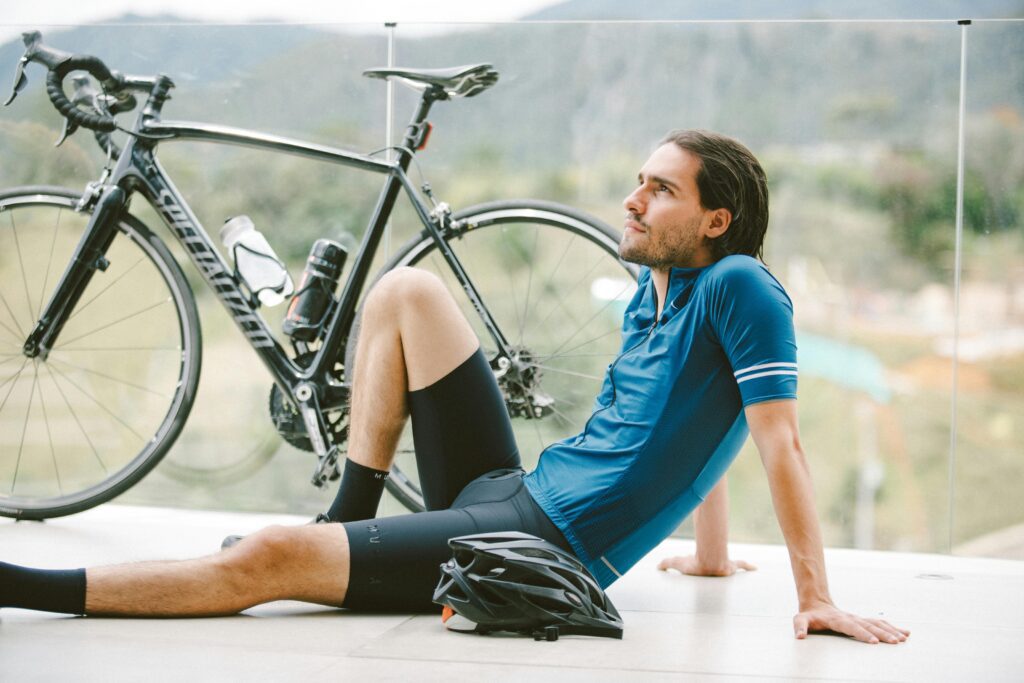Back on Your Feet: Recovery Tips for Athletes

Athletes push their bodies to the limit, whether in training or competition. While intense workouts and games are essential for peak performance, recovery is just as crucial. Injuries, fatigue, and muscle exhaustion are common challenges that can slow down progress and even lead to setbacks. The key to maintaining top performance is to focus on recovery immediately after exertion. Proper rest, nutrition, and rehabilitation techniques can help athletes heal faster and return to their best form.
This article explores some effective ways to speed up recovery, prevent injuries, and stay strong for the long run.
Rest and Sleep
Rest is the most underrated yet crucial part of an athlete’s recovery process. When the body is pushed to its limits, it needs time to repair itself. Sleep, in particular, plays a vital role in this process. During deep sleep, the body releases growth hormones that aid in muscle repair and tissue regeneration. This is why athletes who do not get enough sleep often experience prolonged soreness, decreased endurance, and a higher risk of injury.
The goal should be seven to nine hours of quality sleep every night. It’s not just about the number of hours but also the quality of rest. Deep, uninterrupted sleep cycles help restore energy levels and allow the body to reset.
Speaking of recovery, learning about therapies like sauna, laser therapy, or the process of microneedling, might be worth your time.
Be Smart About Supplements (And Know the Risks!)
Athletes often turn to supplements to accelerate recovery, improve performance, and prevent injuries. Nutrients like protein, collagen, and magnesium are vital for muscle repair and overall well-being. Omega-3 fatty acids are particularly beneficial for reducing inflammation, which speeds up the healing process after intense physical activity.
However, not all supplements are safe, and some come with significant risks. Peptides like TB500 are widely discussed for their potential role in tissue repair and muscle growth. However, due to the side effects of TB500, it is not approved for human consumption. Many peptides are still in the research phase, meaning their long-term effects are unknown. Some athletes are tempted to use them to recover quickly from injuries, but without proper medical guidance, this can lead to serious health risks.
Instead of relying on experimental substances, it’s best to focus on natural, well-researched supplements that provide real benefits. Recovery should be about sustainability, not quick fixes that could compromise long-term health.
Fuel Your Body
The right nutrition is one of the most effective ways to accelerate recovery. After intense exercise, muscles need to rebuild, and glycogen stores must be replenished. A well-balanced meal with lean proteins, healthy fats, and complex carbohydrates helps the body recover efficiently.
Protein is necessary for muscle repair, making lean meats, fish, eggs, and plant-based protein sources important for athletes. Carbohydrates are equally important because they replenish glycogen stores that get depleted during exercise. Skipping carbs can lead to fatigue and slower recovery times. Healthy fats, such as those found in avocados, nuts, and olive oil, help fight inflammation and support overall recovery.
Hydration is just as crucial. Water plays a key role in transporting nutrients to muscles and flushing out toxins. Dehydration can slow down recovery and increase soreness. Including electrolytes in a post-workout routine helps maintain proper hydration levels, especially after long or intense workouts.
Active Recovery
Many athletes believe that taking a complete break from movement is the best way to recover, but that’s not always true. Active recovery is a better alternative to complete rest. Light exercises such as walking, swimming, and stretching help keep blood flowing and reduce stiffness.
When muscles are sore, movement can feel uncomfortable, but gentle activity actually promotes faster recovery. Blood circulation increases, bringing oxygen and nutrients to tired muscles, which helps repair tissue and flush out metabolic waste.
It’s important to keep the intensity low. Active recovery should never feel like another workout. Instead, it should focus on improving mobility and reducing muscle fatigue.
Massage and Myofascial Release
Recovery isn’t just about resting; it’s also about actively reducing muscle tension and improving circulation. Massage therapy plays a major role in helping athletes recover faster by loosening tight muscles, increasing blood flow, and reducing soreness. Deep tissue massage targets knots and tension that build up after intense training, allowing muscles to relax and heal properly. Regular massage sessions can also prevent long-term stiffness and decrease the risk of future injuries.
Self-massage techniques, such as foam rolling and myofascial release, offer similar benefits. Foam rolling helps break down adhesions in the muscles and improve flexibility. Using tools like massage guns, lacrosse balls, and stretching bands can also relieve tension in hard-to-reach areas.
Listen to Your Body and Avoid Overtraining
Pushing too hard without enough recovery time can lead to burnout, injuries, and decreased performance. Athletes often feel pressured to train constantly, but ignoring signs of exhaustion can do more harm than good. Listening to the body and recognizing when to rest is a critical part of recovery.
Overtraining syndrome is a real issue that can lead to fatigue, chronic soreness, and even hormonal imbalances. Common signs include persistent muscle aches, trouble sleeping, mood swings, and a drop in performance. If an athlete experiences any of these symptoms, it’s a sign that the body needs more time to recover.
One way to avoid overtraining is by following a structured training plan that includes rest days and active recovery sessions. Instead of viewing rest as lost time, athletes should see it as an essential part of progress.
Mental Recovery: Manage Stress and Stay Balanced
Physical recovery is only half the battle—mental recovery is just as important. Athletes put immense pressure on themselves to perform at their best, which can lead to stress and mental fatigue. Managing stress levels and maintaining a balanced mindset are crucial for long-term success.
Mindfulness practices such as meditation, deep breathing, and visualization techniques help athletes stay focused and calm under pressure. Taking time to relax and unwind also prevents burnout. Engaging in hobbies outside of sports, spending time with family and friends, and getting enough mental rest contribute to overall well-being.
A positive mindset can also speed up physical recovery. Studies have shown that stress and anxiety can slow healing by increasing inflammation and disrupting sleep patterns. By prioritizing mental health, athletes can improve both their performance and their ability to recover quickly.
Recovery isn’t just a short-term fix—it’s an ongoing process that determines an athlete’s long-term performance and health. Ultimately, recovery is about balance. The best athletes aren’t the ones who train the hardest without stopping but those who understand when to push forward and when to give their bodies the care they need. By making recovery a priority, athletes can stay strong, perform at their best, and keep moving forward without setbacks.


